My carrier in plant breeding is a fruitful one, from making of crosses to releasing varieties. The selection from segregating populations is exciting. It became easy for me to understand the genetic principles in plant breeding in Allard’s book entitled ‘ Principles in Plant Breeding’. When you have selected an elite line, it has to be tested nationally and deliberated upon by rice researchers in the country. This is where I developed scientific linkages with the rice world.
In the 80’s, the academe offered lots of opportunities for staff development. In 1986, I was given an opportunity for a one-year training at IRRI on Genetic Resources Conservation and Management Course. This provided me more challenges and opportunities. There were very few trained scientists in this field. Magkaputol yata talaga ang bituka namin ni Sis Pola, kasi she started her career in genetic resources conservation in 1978. My boss then was Manong Edwin Javier, also a Varron (Batch ’71). In 1990, he convinced me to transfer to faculty position in the department (first class citizen ang faculty sa UPLB). This started my teaching profession… I just wanted to experience being a first class citizen, hahaha.I am handling courses in plant breeding and crop science. I continued my research on rice genetic resources conservation and management. I am involved in collecting rice genetic resources (wild species of Oryza, both traditional and obsolete varieties) throughout the country especially in remote areas. Masaya ‘to, kasi nakakausap mo talaga ang tunay na mga tagapamahala ng yamang henetiko. I was also involved in the in situ conservation project on abaca which provided the T’boli tribe of Lake Sebu training on conservation and management of abaca varieties for tinalak, the tribe’s woven cloth. Together with other researchers, I also introduced varieties and promising lines of sweetpotato in Tarlac and Bataan to increase diversity on-farm as only one variety was planted to 90% of the sweetpotato production areas.
As faculty, I together with colleagues from National Plant Genetic Resources Laboratory (NPGRL), developed and instituted the undergraduate course and MS degree program in Plant Genetic Resources (PGR). This started my involvement in the national and international world of PGR. I represented the country in the FAO for the renegotiation of the International Undertaking of PGR. At first, kinakabahan ako, kasi naka-label sa harap mo PHILIPPINES at pag nagsalita ka, Philippine stand yon. It was really a wonderful experience na di ko man lang pinaginipan o pinangarap. During the discussion, mamimili ka ng language, ang galing talaga ng mga translators. Minsan sini– switch ko sa Spanish. Ay naku sobrang bilis, pero naiintindihan ko pa rin, kasi alam mo ang topic. Kung minsan, ang side comments ng chair, di ko masundan, kaya switch ko uli sa English, para di mapag-iwanan. Ang kasama ko rito ay mga delegates from different countries. Dito mo malalaman ang power struggles in international policies. I also learned some terminologies in law. The renegotiations gave rise to the International Treaty on Plant Genetic Resources for Food and Agriculture (ITPGRFA). And we had to defend it to the Senate for the Philippines to be a signatory to the Treaty. This was sponsored by Sen. Mirriam Santiago. So she invited us (representatives from IRRI, DA, NGOs, academe, etc) as technical resource persons. Ay naku, para kaming nagko-comprehensive exam sa mga tanong nina Sen. Juan Ponce Enrile at Edgardo Angara, but we made it. We also prepared the State of the Art of PGR in the Philippines.
[/fusion_builder_column]
Tess with members of the Genetic Resources Policy Committee of the Consultative Group on International Agricultural Research (CGIAR).
Currently, I am the chair of the Rice Varietal Improvement Group of the National Seed Industry Council, a body which is responsible for the evaluation of promising rice lines from public and private breeding institutions. I am also an active member of the Genetic Resources Policy Committee of the Consultative Group for International Agricultural Research (CGIAR).
I think I am successful in my career, and I am happy for that. Lesson learned: If I did not shift gear my research interest to plant genetic resources, di ko mae– experience ang lahat ng ito. A tip to all Varrons out there: don’t go with the flow, have your own niche. There will be higher chances of success. If it is just luck, it will come at the right time. Whatever you believe in, strive to be successful in your chosen career.
The rice crisis became the banner headline of leading newspapers for several weeks some months ago. Any thoughts on this? In what way do you think crop biodiversity, your field of expertise, could contribute to the long-term alleviation of this problem?
Rice is a political and economic crop. The cost of producing rice is really high and not profitable to farmers. Speculations on rice shortage due to the global oil increases further aggravated the conditions. Diversifying the food basket of Filipinos could partly alleviate the rice crisis. We have plenty of edible and nutritious plant genetic resources! Plant sweet potato, vegetables and legumes (for these are not only easy to grow, but they also contain lots of functional food components), instead of giving too much emphasis on the cultivation of biodiesel crops, which could greatly reduce the areas for the production of food crops. The proposal to expand the planting of biodiesel crops to marginal areas could even result in significant increase in erosion, ecosystem degradation and loss of biodiversity.
Last Updated on October 12, 2016 by Tudla_Admin


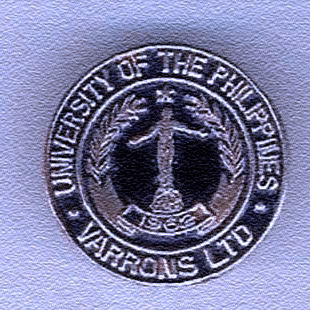




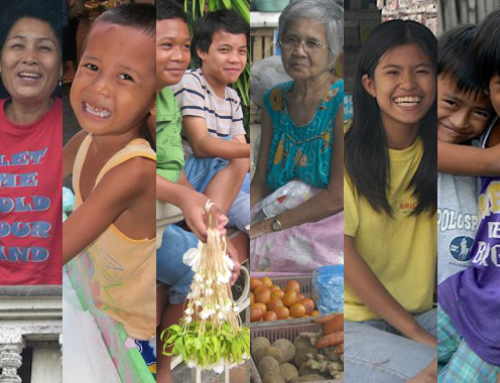
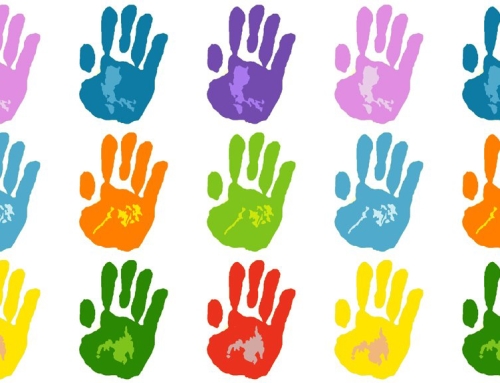

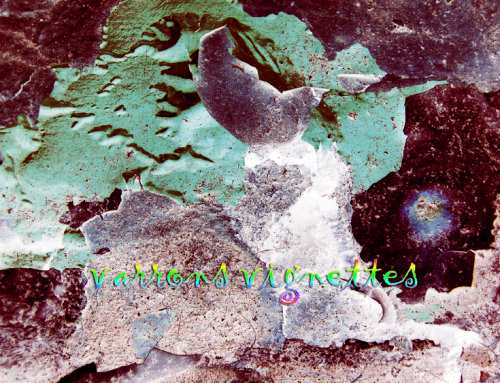
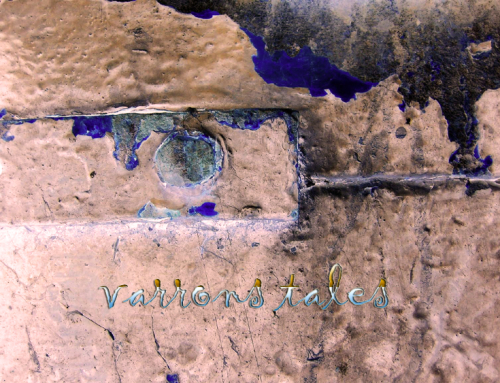
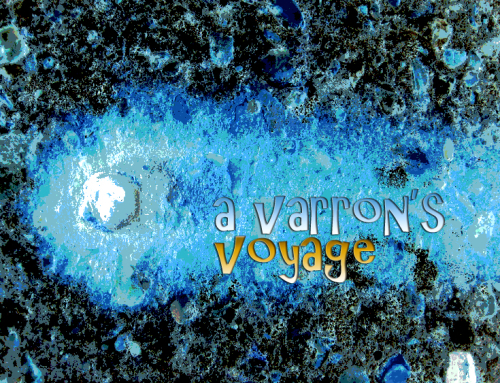
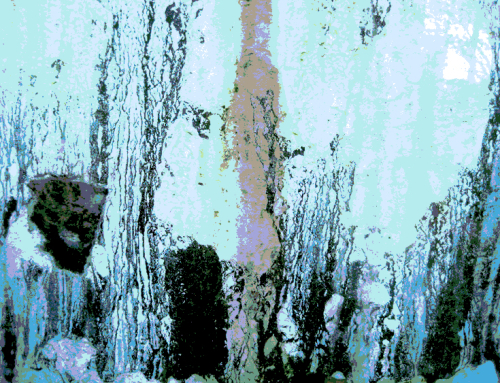
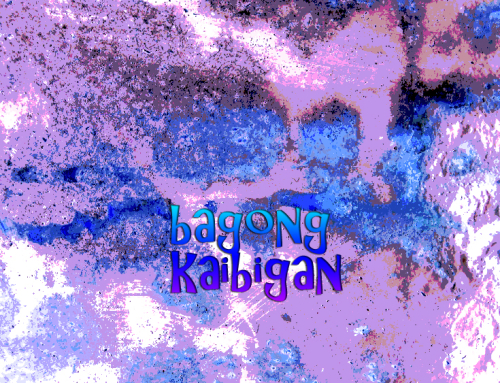
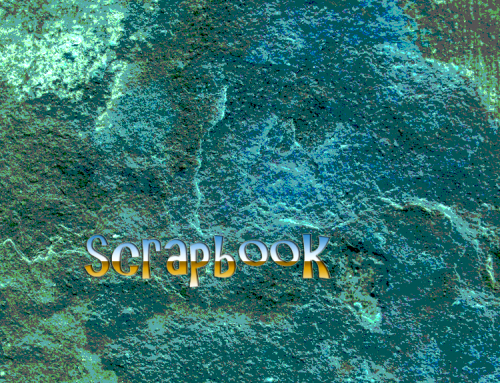
Inspiring!!